Budget snorkelling in SE QLD: It was right there all along... Discovering Caloundra’s boat ramp reef
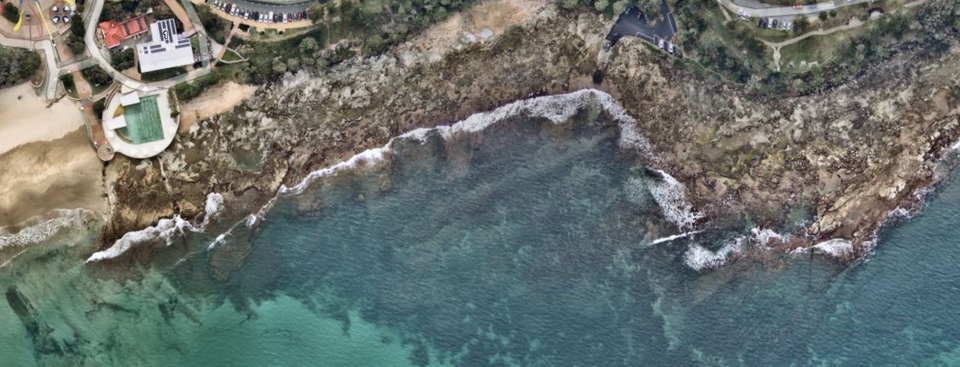
Families exploring the rock pools find hints of it. And fishermen might reel in glimpses. But the lifeforms washed up or hauled onto the shore are only a tiny, fragmented sample of the abundance beneath, and the colours fade too quickly.
To really appreciate what’s under the surface, you have to slip on a mask and dive in.
Thousands of people visit Kings Beach at Caloundra every year, mostly to swim between the flags or surf a few shore breaks. Growing up on Brisbane’s northside, it was one of our favoured weekend recreational destinations.
But until a couple years ago, I never knew about the small but vibrant coral reef immediately northeast of Kings Beach in front of the boat ramp, just beyond the public pool and the lifesaving club, that offers a solid snorkelling experience when conditions are calm.
Now that I’ve visited it a couple of times, it blows my mind that more Brisbanites don’t know about it, and that the council doesn’t seem to have recognised either its ecological value or its tourism potential.
Everyone’s happily bouncing around in the waves, or gazing out across the ocean from the headland, oblivious to the complex, beautiful, fascinating world right under their noses.
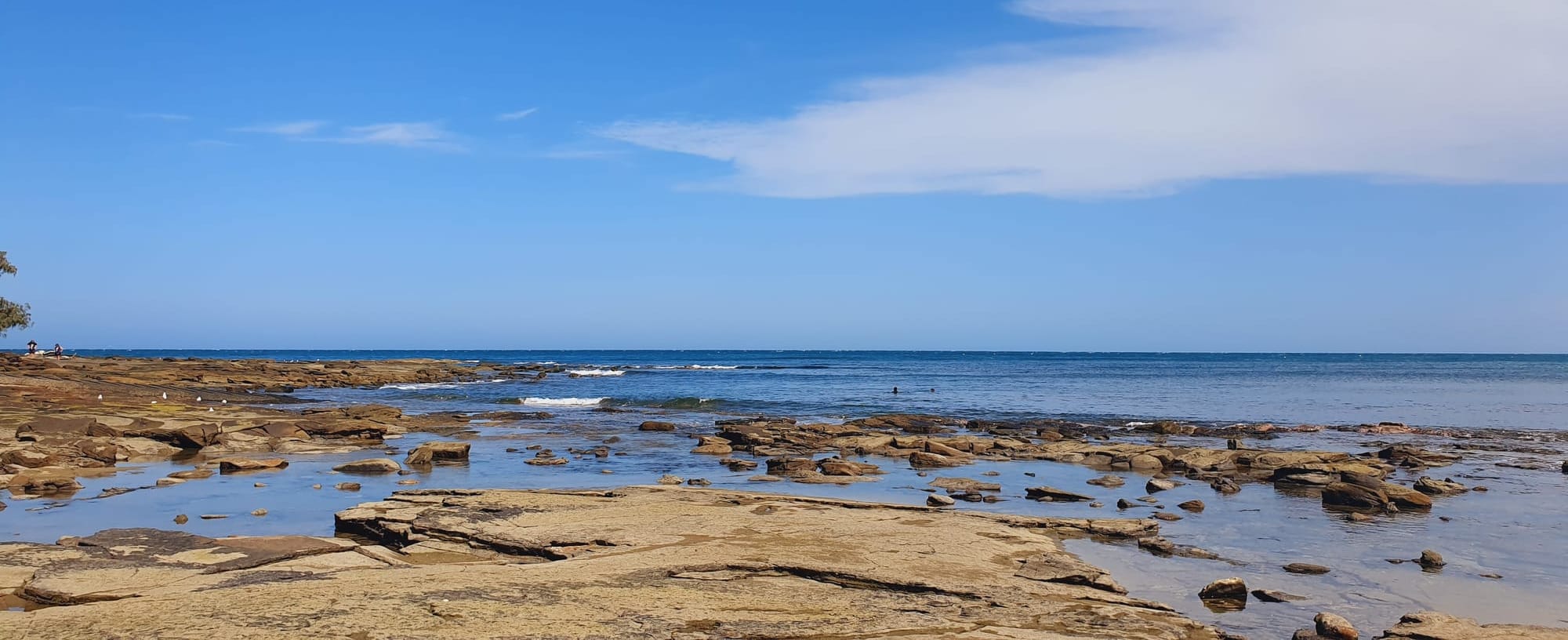
More accessible than I realised
I love the ocean, and visit the beach as often as I can, but I never got to try snorkelling as a kid. I guess it just wasn’t something anyone in my immediate family had learned how to do. I snorkelled once or twice in my early 20s on Great Barrier Reef day trips in FNQ, and thought of it as something that was costly and complicated – you seemed to need a boat to get out to the reef, special knowledge and certain equipment, and it just felt like a “rare occasions” thing that I might only try a couple of times in life.
Then – thanks to a good friend who lives at Caloundra – I learned it was possible to snorkel much closer to home, on a pretty low budget, without too much forward planning or hassle.
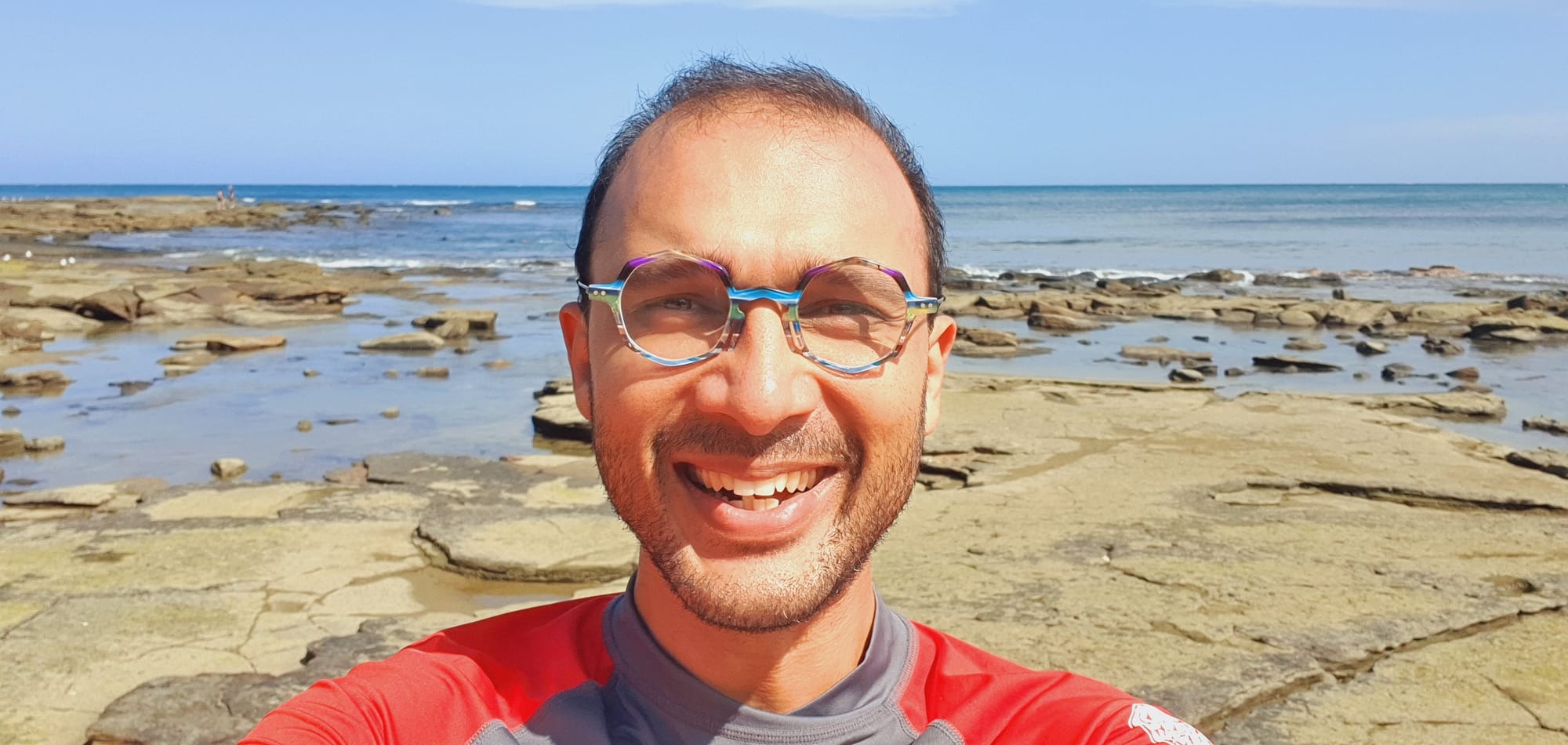
It feels peculiarly, subversively joyful to walk straight off the shore, slip on a mask and flippers, duck your head under the water and enter another world.
There are several delightful snorkelling locations up and down the Queensland coast that you can get to without a boat, right off the mainland. Some of my favourites include Barolin Point at Coral Cove east of Bundaberg, and the unimaginatively named Horseshoe Bay at Bowen (the other Horsehoe Bay on Magnetic Island is also lovely to visit).
The small patch of reef near Kings Beach isn’t quite as impressive as parts of the Great Barrier Reef up north, but considering that you can get to it by public transport on a day trip from Brisbane, it easily tops the ‘accessible for South-East Queenslanders’ scale. And it's still pretty damn cool.
What’s under the waves?
I don’t have the technical vocab to describe in detail all the strange and amazing stuff you can find at the Caloundra boat ramp reef. Even if I had an underwater camera, photos wouldn’t really do it justice. You should see it for yourself.
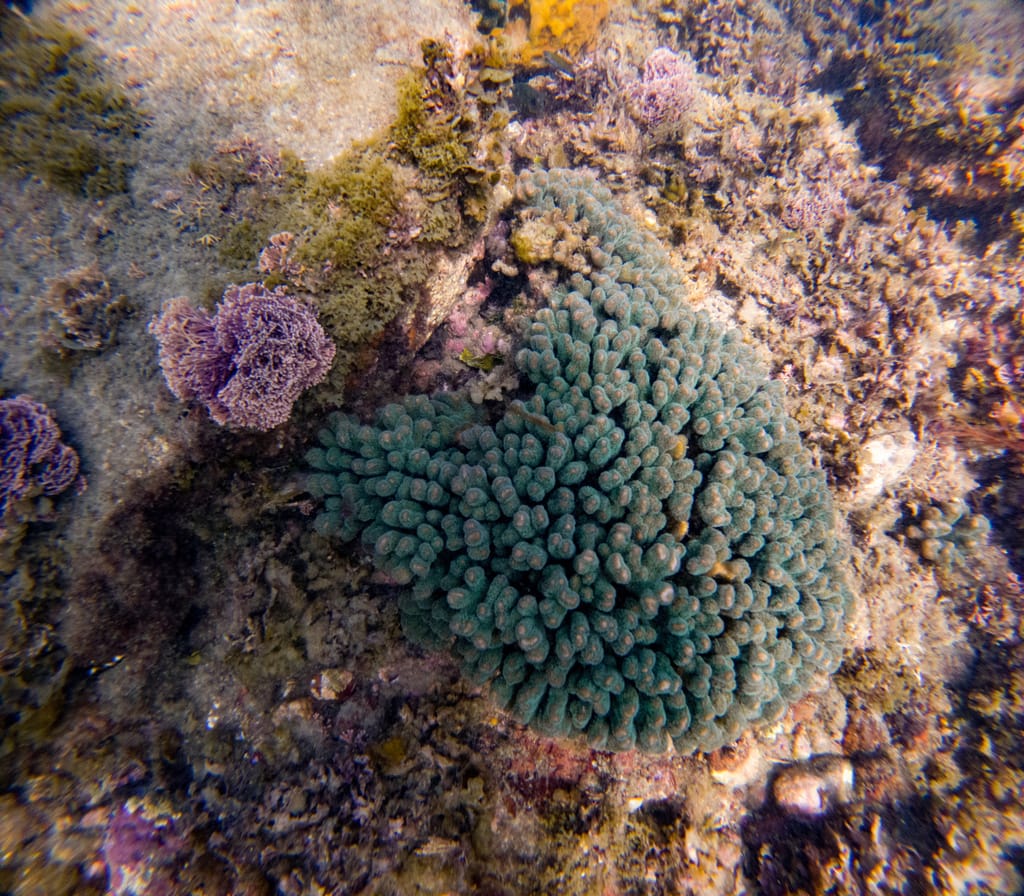
The reef features a diverse mix of corals and various seaweeds/algae clinging to the uneven, rocky seabed… Striking toadstool leather corals, unearthly green and bright pink cauliflower corals, other larger stony corals and vivid electric blue soft corals (one latissimia opalia species is apparently unique to the Sunshine Coast region)… Sea anenomes with searching tentacles, weirdly-shaped sea sponges, and starfish of varying sizes... Snails, crabs, ribbon worms, nudibranches and sea cucumbers (I was surprised to see a couple of massive ones which were as thick as my leg!)...
Other people have spotted blue-ringed octopus, the bizarre white-speckled seahare and the very cool snowflake moray eel.

While snorkelling this little reef I’ve personally also seen a large 2 metre-long wobbegong shark (harmless, but still unnerving when swimming directly under you) and a big green sea turtle (loggerhead turtles are also seen regularly around the Caloundra coastline).

My favourite element though is just the sheer diversity of fish species, from tiny, psychedelically coloured creatures to large coral cod and parrot fish. Snorkelling there the other day I counted over 40 different fish species in under 20 minutes. The variety is surprising compared to the relatively narrow range of species that fishermen pull up on the rocks.
I don’t want to oversell it. It’s not as diverse or abundant as some other locations I’ve been fortunate to visit, and the reef isn’t huge. But there’s enough to see here that I could quite happily swim around for a solid hour or two and not get bored.
Those of us who live in built-up urban areas, mostly disconnected from nature, would probably benefit from getting to know more places like this. Brisbane residents might feel a little differently about what we wash down our stormwater drains and into the river if we remembered that this is just one of many coral reefs throughout Moreton Bay and the Sunshine Coast.
Where is it?
I haven't explored the whole area between Kings Beach and the headland, mostly because it's often choppy with poor visibility (see the section on conditions below). But after several outings, I've decided the best spot for snorkelling is pretty close to shore, just to the left of the boat ramp as you're looking out to sea.
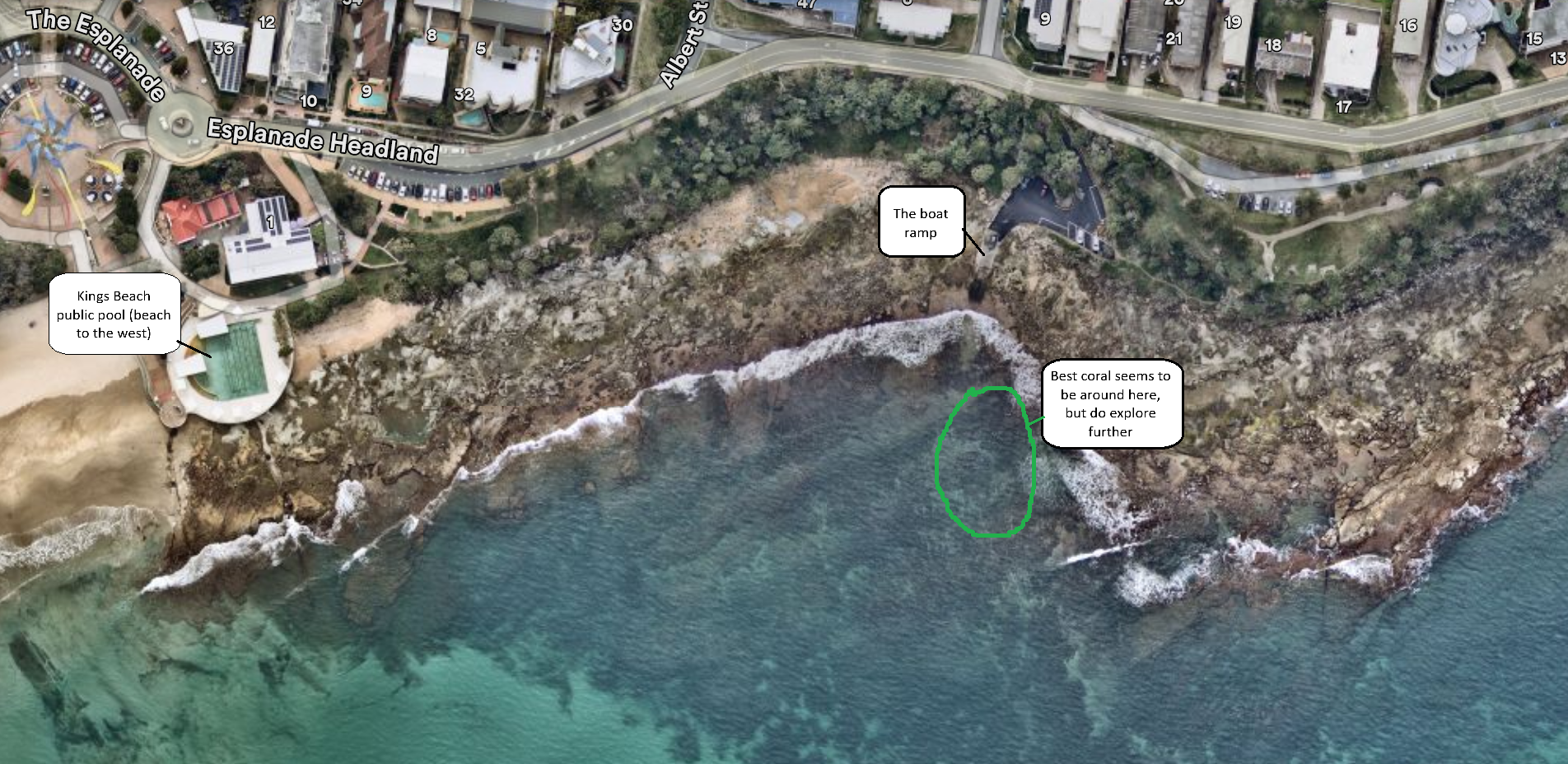
It's easier to enter the water directly from the boat ramp rather than from the slippery rocks on either side – especially when trying to pull flippers on at the same time.
There's a bit of a dead zone immediately in front of the boat ramp. If you swim straight out and veer to your left, hugging the rock shelf, that's generally the most sheltered spot, where less wave turbulence means better visibility, and where I've found the greatest diversity of marine life (I haven't snorkelled much further east around the headland – the water always seems too murky – if there are other cool snorkelling spots nearby, please let me know via comments).
As you head further out into deeper water, there are still plenty of fish, but the wave action is stronger, which I believe makes the more exposed rocks less suitable for coral to grow. There are some cool ledges and crevices though (often hiding spots for quirky ocean-dwellers), and still a few interesting patches of coral and seaweed, so if the water's not too choppy and cloudy it's still worth venturing out further – you might even meet a turtle or some dolphins.
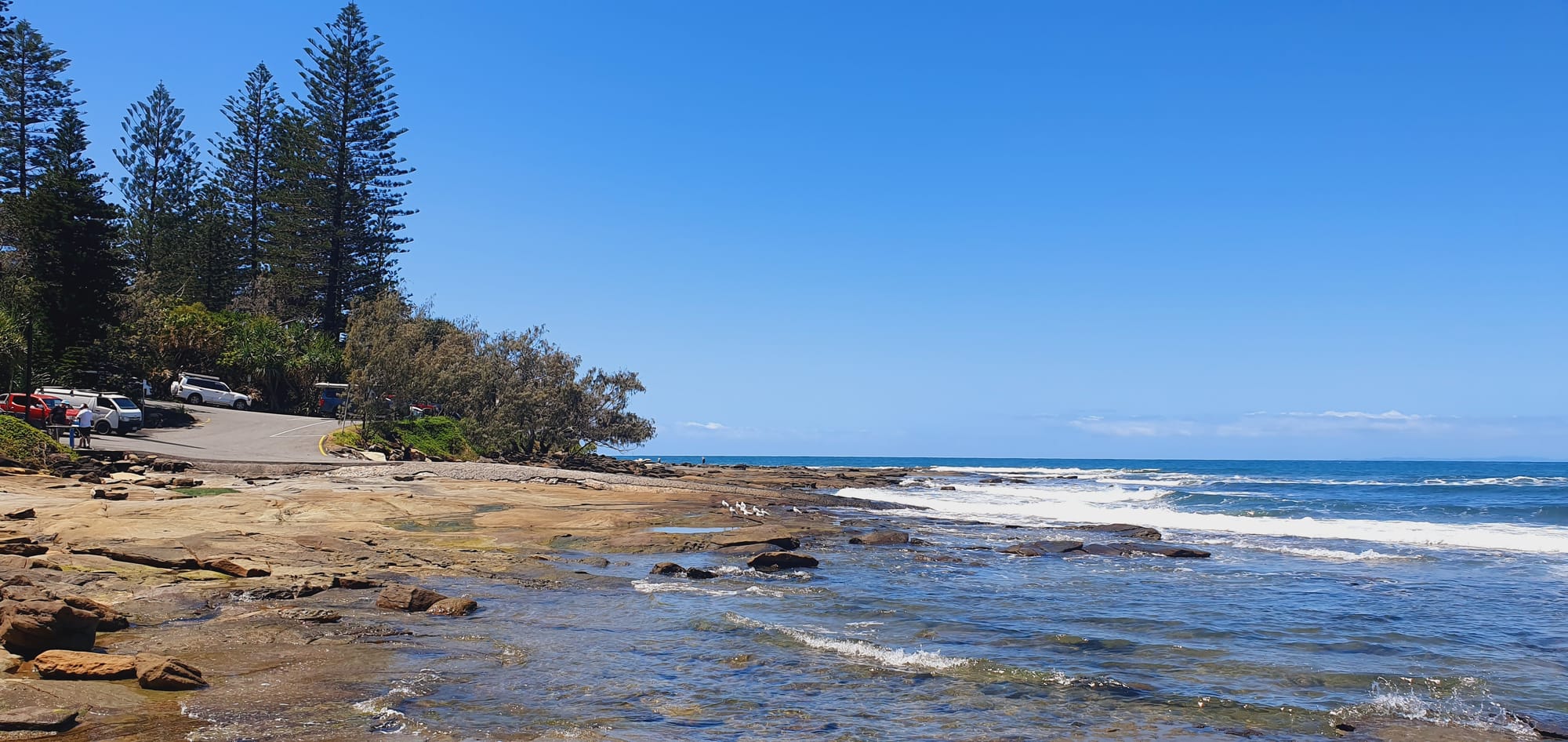
Getting there and getting the gear
All you really need to snorkel Caloundra’s boat ramp reef is a snorkel mask and flippers, and probably a long-sleeved rashie/wetshirt so you don’t get sunburnt.
I bought secondhand flippers from a Lifeline op-shop for $10, and a snorkel mask from a Vinnies for $3. In Brisbane/the Sunny Coast you can also find plenty of cheap, secondhand snorkelling gear on Gumtree or Facebook Marketplace.
You might also want to invest in a wet suit if you’re snorkelling in the colder months between late May and late August. Secondhand wetsuits start at around $30. Unlike further north, lethal marine stingers aren’t really an issue in South-East Queensland (for now at least – unfortunately global warming could change that in future), but I suppose a wetsuit also offers more protection from local non-lethal jellyfish species if you happen to run into one.
If you can afford to pay a little more than I did for your snorkelling gear it’s probably worth it; having a decent quality mask that seals properly makes for a much better experience. But as long as the mask fits over your face comfortably, the glass is clear, and the rubber edges aren’t cracked/split, you should be right for a short adventure at Kings Beach.
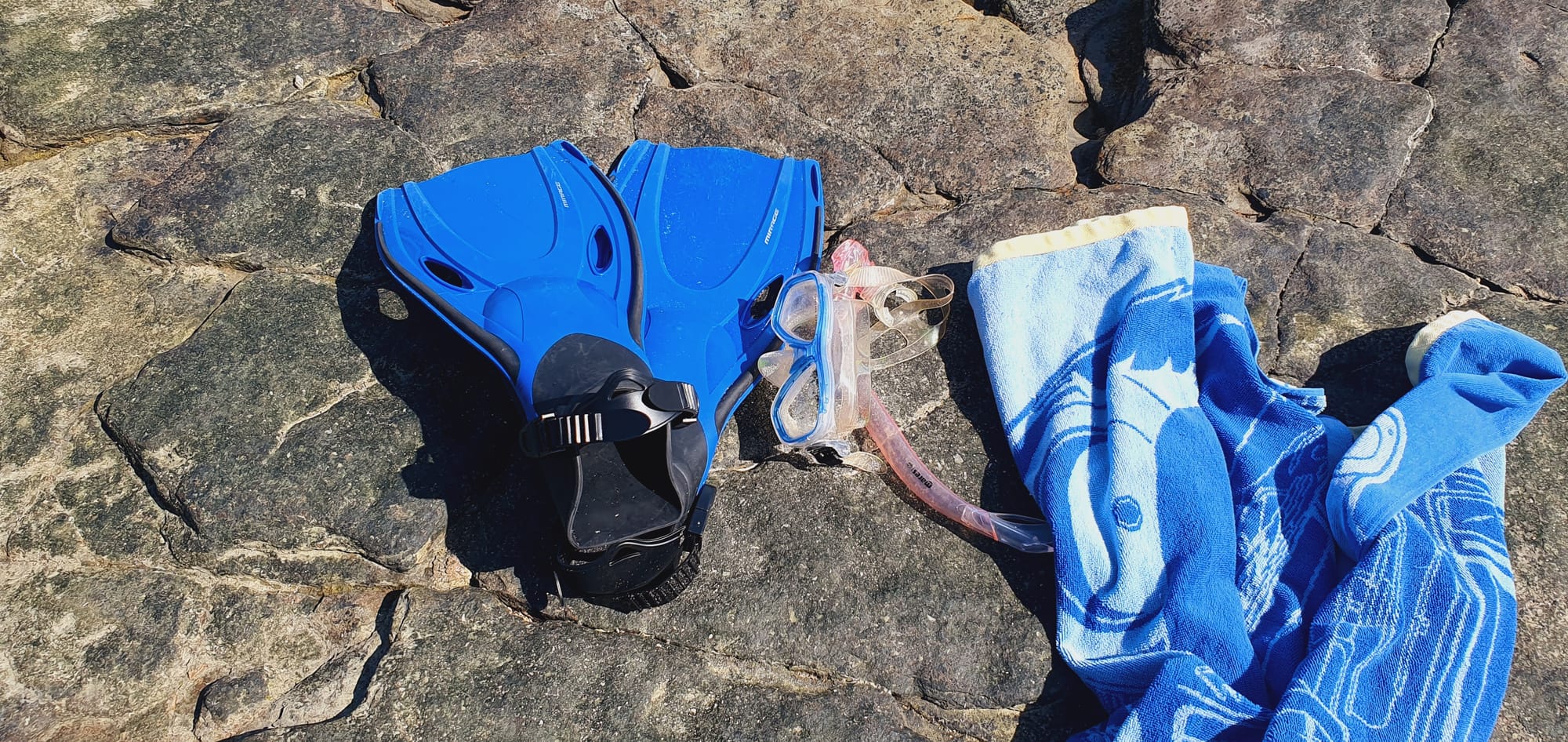
Driving to Caloundra from central Brisbane usually takes about 90 minutes, or longer if traffic is bad.
By public transport, you take a train on the Nambour/Gympie line to Landsborough, then the 605 bus (which is usually timed to meet the train, but check Translink) to the Bulcock Street bus interchange in the middle of Caloundra.
It’s an easy 1.5km walk from the Caloundra bus station to the reef (no need to climb the sloping Esplanade roadway up past the surf club – just follow the rocky beach). So including walking, it’s 2 ½ hours by public transport from the Brisbane CBD (assuming you get the fast train with no service disruptions). But on the plus side, the train-bus journey now costs just 50 cents (thanks Queensland Greens!).
Travelling all the way to a coral reef snorkelling spot and back for $1 is pretty damn good value in my book.

The right conditions
The main challenge with the boat ramp reef, and perhaps the reason more people don't know about it, is that underwater visibility is often dismal; you have to pick a day/time when conditions are really calm.
Ideally, you want:
- minimal wind/very small waves
- no rain in the previous 24 hours (the water gets murkier when recent rain has washed sediment into the ocean)
- a sunny day, heading out sometime between late morning and the early arvo – this isn't essential, but when the sun is directly above you, visibility is generally better, plus it's warmer
- lower tide – this also definitely isn't essential, but you can see more and get closer to the coral when it's not as deep (check tide times at this link) – higher tides are fun too though
The most important factor is the wind and waves. As a general rule, if the waves are small or non-existent in the patrolled area of Kings Beach, things will also be calm and clear enough near the boat ramp. The problem is that it's hard to know for sure what it'll be like until you actually get to the beach.
I look up predicted wave height, wind speed and direction on WillyWeather.com, which takes wind recordings from Sunshine Coast airport (25km further north, so not 100% accurate). If predictions suggest wind speeds above 20km/h or a wave swell above 1 metre (which is quite common), snorkelling is generally a write-off, because the waves breaking on the rocks will be churning up too much cloudy sediment, and the surface will be too choppy to snorkel comfortably.
But the main variable to look at is wind and wave direction. Because Kings Beach and the boat ramp cove are more-or-less south-facing, and there's a rocky outcrop immediately to the east of the boat ramp, you generally won't have too much wave action to worry about when the wind is blowing from the north, northeast or northwest. Even if the more exposed end of Kings Beach is getting some waves and wind, the sheltered area near the boat ramp can be quite calm when the wind is blowing from the northeast.
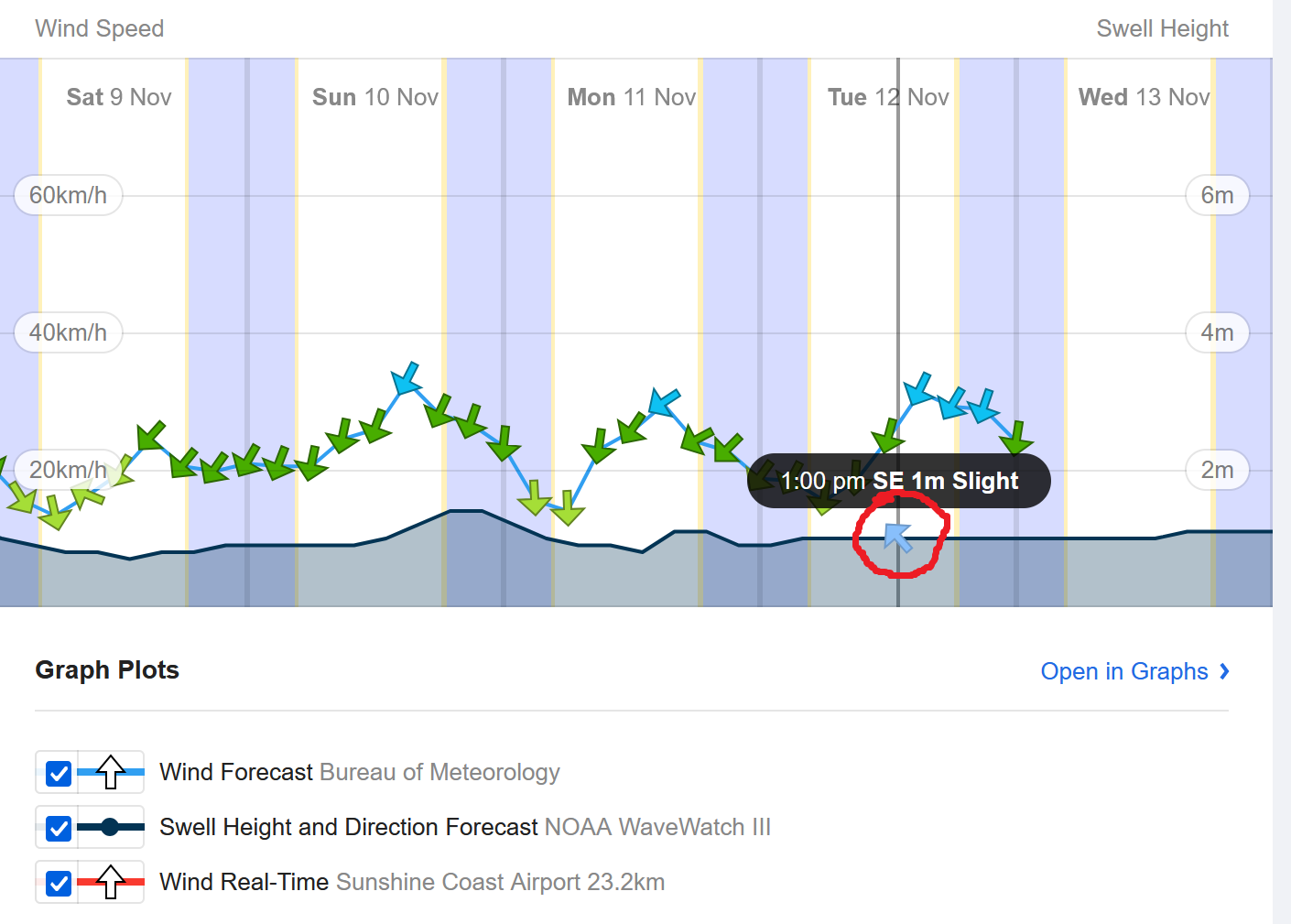
Perhaps the best way to approach a day trip is to bring your snorkel gear with you and see how it pans out. If there are bigger waves at Kings, you'll have a lovely day playing in the surf, whereas if the water is calm and boring, you can go for a snorkelling adventure instead.
Warnings: It's generally unwise to snorkel an unfamiliar area by yourself. The boat ramp area is unpatrolled, and dangerous to swim at in rough conditions. More than 50 or 60 metres from the shore, the currents can be stronger and less predictable, so inexperienced swimmers and younger kids probably shouldn't go further out than that.
Many rocks are covered with sharp barnacles etc. so don't get too close to ledges where waves are crashing. You've probably heard enough about stonefish and blue-ringed octopus, but even benign-looking cone snails are venomous and could sting you if handled, so play it safe – just look at stuff without touching.
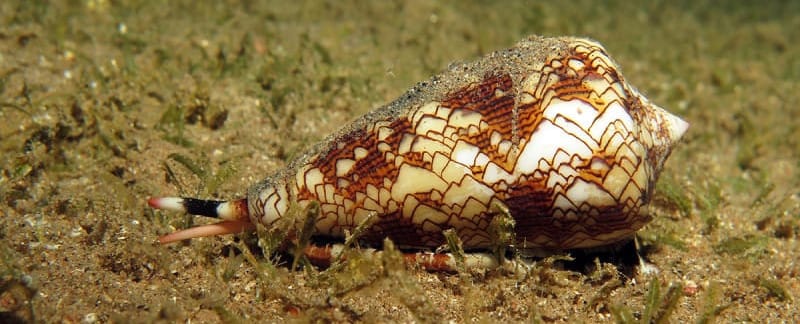
Caring for this special place
I think it's a shame more Brisbane city-dwellers (and even most Caloundra locals) aren't aware of places like this.
What do we miss out on when we forget that there are other ecosystems beneath the waves, out beyond the headland?
Would we care more about our urban drainage networks and creek systems if we remembered where they flowed to?
It really bugs me that neither Sunshine Coast Regional Council nor the Queensland government seem to recognise what a special ecosystem this is or do anything to protect it. At a bare minimum, it'd be nice to see someone occasionally educating fishermen about catch limits to discourage overfishing in the area. Up at Horseshoe Bay in Bowen (where you can see heaps of larger reef fish right near the beach), spearfishing is banned altogether. This might be worth considering for Caloundra too.
If the council wanted to support and encourage snorkelling here at Caloundra, they could (carefully) install a few channel markers to indicate a narrower passage that vessels using the boat ramp should stick to. This would also help snorkellers more easily recognise the locations of ledges and drop-offs.
Apart from global warming and rising sea temperatures, perhaps the most significant risk to the reef's health is water pollution. During heavy storms, heaps of sediment and oil is washed from Caloundra's residential areas into the sea; an educational campaign that encourages residents (and especially construction companies) to cover exposed soil to minimise erosion, and discourages the use of toxic pesticides, herbicides, and chemical cleaning products, would probably be worthwhile. But we really should be doing this right across South-East Queensland. We've been mistreating our waterways for way too long.
The Sunshine Coast's reefs are special – they're a meeting point for tropical species that range further north, as well as subtropical species that are more common further south. They ought to be valued and protected, not just by locals, but by everyone who visits the region.
I guess the first step is for more people to realise they exist, right there, just beyond the rock pools...

Alright, I hope this little introduction to one of my favourite spots in South-East Queensland piqued your interest. I'm certainly not an expert on Sunshine Coast reef ecology, so if you know more about the Caloundra boat ramp reef or other Moreton Bay/Sunshine Coast marine environments, please feel free to share your insights via the comments or email me at office@jonathansri.com
If you value writing like this being publicly available, please consider supporting it by signing up for a paid subscription. And at the very least, make sure you share this article with friends. See you on the water some time!


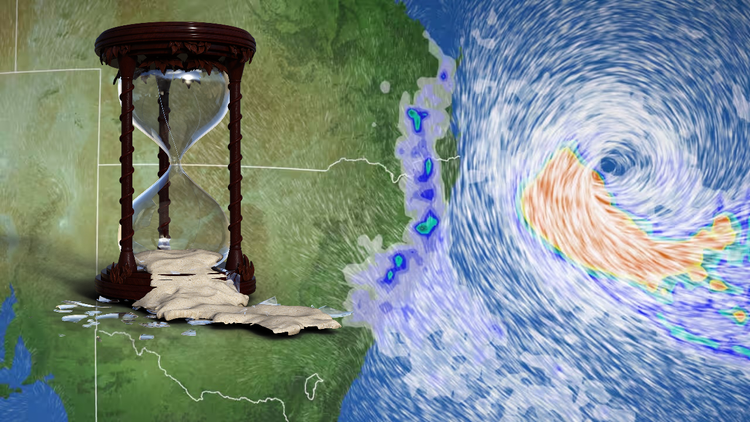
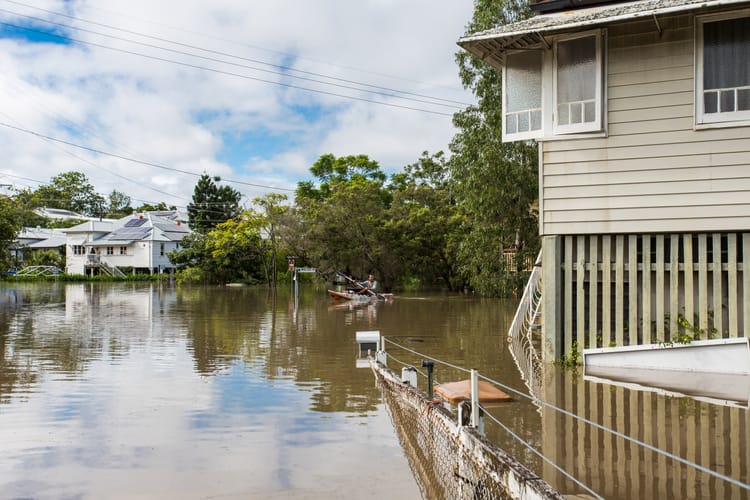
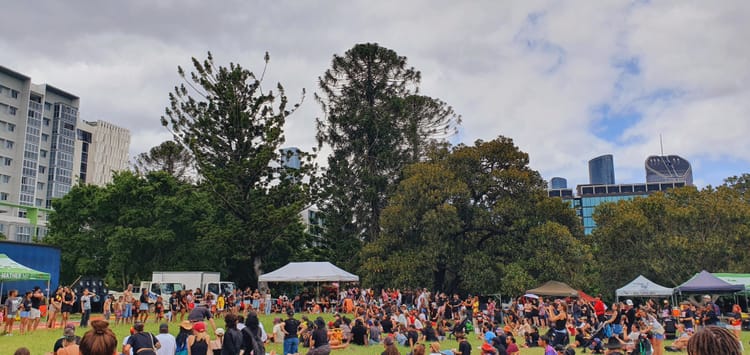
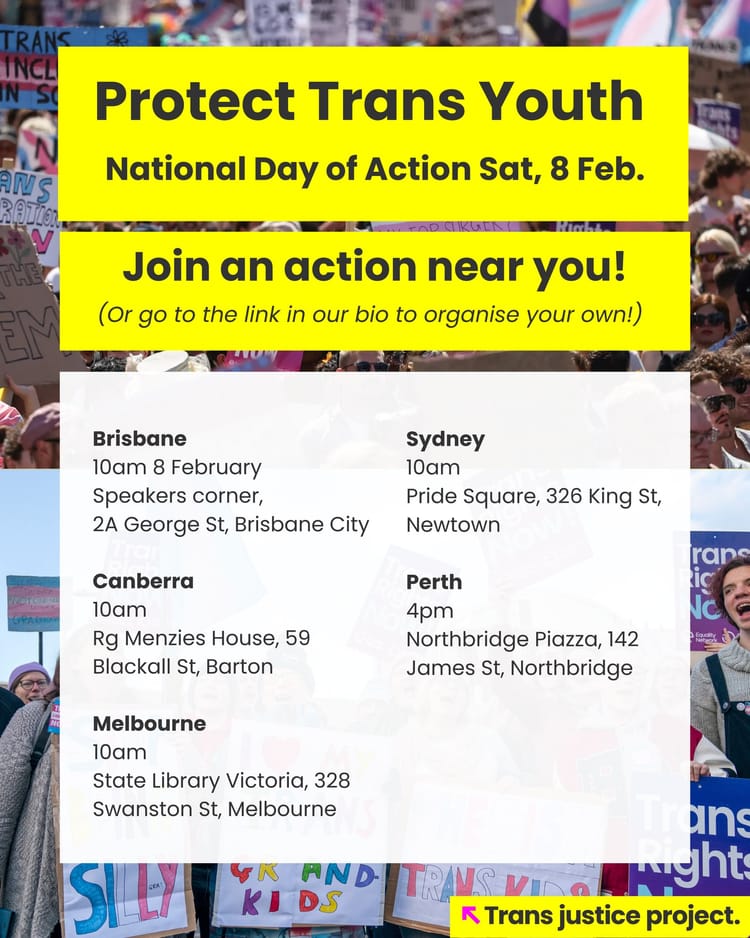
Member discussion